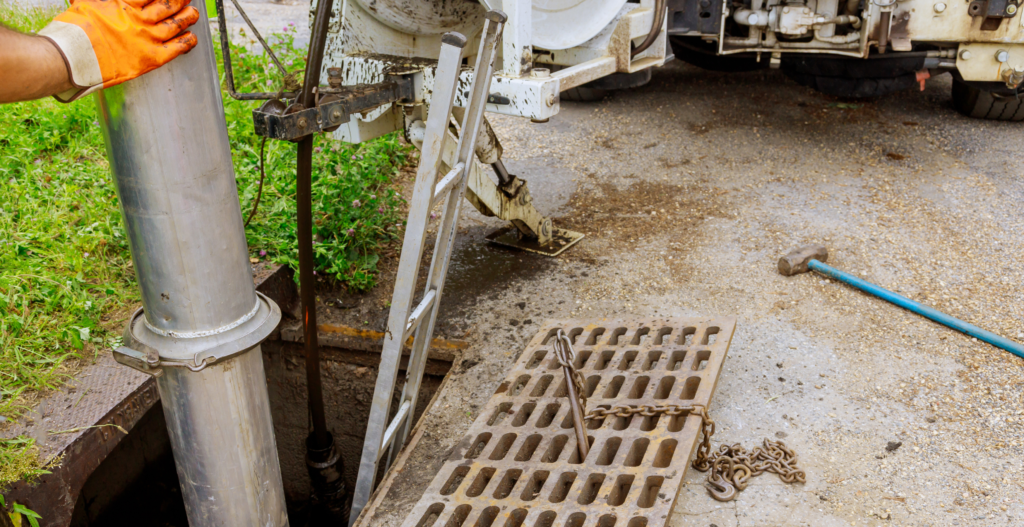Basement Drainage System Installation

Basement drainage system is an important part of any building. It helps to remove rain, snow, and other debris from the building and surrounding area. A good drainage system also prevents flooding in the event of a rainstorm.
Drainage system should be designed according to the specific needs of the building. For example, a building with a high ceiling may need a specialized drainage system that can collect water above the ceiling line. Likewise, a building with a large number of windows may need special drainage systems that catch rain or snow runoff quickly.
Properly installed drainage system can help reduce damage from floods and prolong the life of a building’s roof, foundation, and other components. When installing a drainage system, be sure to talk to your architect or engineer about your specific needs.
Basement Drainage System Cost
When designing or upgrading a building, one of the most important considerations is the cost of the drainage system. A basement drainage system not only protects property from wet areas, but can also significantly reduce energy costs by reducing the need for air conditioning or heating during hot weather.
In addition, a well-functioning drainage system prevents costly water damage and possible liability issues.There are a few factors to consider when determining the cost of a drainage system for your building: the size and layout of the building, as well as the type of surface it sits on.
Generally speaking, larger buildings will require more robust systems that can handle heavier rains and torrential downpours. Buildings that sit on soils with high water content (like wetlands) will also require special drainage features to prevent backups that can cause flooding.For information on specific drainage system costs associated with various types of construction, please contact our team Robert Complete Care. We would be happy to provide you with a free consultation concerning your specific needs.
Basement Drainage Pipe
Basements are an important part of any home. They provide a place to store items, create storage space, and often serve as the family’s primary living space. One major function of a basement is its drainage system.A basement drainage system typically includes a network of pipes that carry water and wastewater away from the basement and out into the ground.
This system is important because it helps to prevent flooding in the house and protects the foundation from leaking.Some homeowners choose to install a drainage pipe directly under their driveway or garage. This pipe allows water and debris to flow easily away from the area, helping to avoid damage and problems down the road.
If you’re having trouble with your basement drainage system, don’t hesitate to call an expert like Robert Complete Care. We can help you identify any issues with your pipes and ensure that your home is draining properly.”
Basement Drainage Pump
Basement drainage system pumps are essential for draining water from a basement. A basement drainage pump can quickly and efficiently remove water from the basement, preventing flooding and potential damage. Choosing the right drainage pump for your home can be a daunting task, but careful consideration will ensure a proper installation.
There are a few key factors to consider when choosing a basement drainage system pump for your home:
- Type of soil below your basement
- Your home’s foundation type
- Your home’s layout.
Each of these factors will affect which type of drainage pump is best suited for your particular needs.
If you have dry soil below your basement, an electric pumping system may be the best option. These systems use electricity to power small motors that push water up through the ground. This system is easy to install and is often less expensive than other types of systems.
If you have wet soil below your basement, a manual pumping system may be better suited. These systems use manpower to move water up through the ground using pumps and pipes. Manual pumping systems can be more expensive than electric systems, but they’re usually more reliable in rainier climates or if there are obstacles in the path of the water flow (like trees or fences).
Of course, no matter which type of system you choose, it’s important to contact a licensed professional installer to get started. A good installer will know about all the available options for drainage pumps and can help select one that’s perfect for your home and budget.
Basement Drainage Tile
Basement drainage is an important part of keeping your home properly drained, especially in summer time. Basement drainage system tiles can help with this process by collecting and directing water away from the foundation of your home. There are a few things to consider when choosing basement drainage tiles:
- Type of tile,
- Surface on which it will be installed,
- Size and shape of the tiles,
- Condition of the underlying soil.
Different types of tiles work best for different conditions.
- Pavers or cobblestone are good choices for loose soils,
- Slate or ceramic tiles are better for harder soils.
Basement drainage should be checked annually to make sure that it’s working properly and that any needed repairs or modifications have been made. By using basement drainage tiles in conjunction with a competent contractor, you can ensure that your home stays properly drained all year long!
Yard Drainage System
A yard drainage system is an important part of any landscaping project. It helps to control water runoff and keep your lawn and gardens healthy. There are a number of different types of systems available, so it’s important to choose the one that best suits your needs.
The simplest type of system is a trench. This system involves digging a trench around the perimeter of the yard, and then installing a pipe to carry the water away. This system is effective but can be expensive, and it requires regular maintenance.
Another option is an basement drainage system. This system uses PVC pipes to carry the water underground. Again, this system is effective but can be expensive, and it requires regular maintenance. If you want to install an underground drainage system, make sure you have a good soil condition in your yard first – otherwise the pipe will break.
Finally, there’s a raised bed garden method called “catch basin gardening.” With this method, you create a large basin in the center of your yard and install drainage pipes around it. The water flows into the basin and then trickles down into trenches or channels that lead away from the garden. This system is easy to set up and relatively cheap compared to other options, but it doesn’t offer as much flexibility as some other systems.”
Storm Water Basement Drainage System
Storm water drainage systems are important in preventing flooding and degradation of the environment. They help remove rain water, snowmelt, and other surface runoff from urban areas and mitigate damages caused by severe weather events. A properly designed system can also reduce the amount of pollutants that enter waterways during rainstorms.
A storm water drainage system should include a minimum of four components: a storm sewer, an infiltration basin, a detention pond, and a receptor area. The storm sewer sections water away from the population and infrastructure to prevent flooding.
The infiltration basin captures surface runoff before it enters the storm sewer and helps to reduce the amount of pollutants that enter waterways. The detention pond stores rainwater until it can be released into local waterways or the environment. The receptor area receives municipal wastewater effluent to be treated before being released into local waterways or the environment.
FAQs
How do I know if a basement drainage system is right for my business?
Before you dig, you need to ask yourself a few questions like the size of your foundation, how much water your home gets, the slope of your yard, and if you have any trees or shrubs in your front or back yard. Once you have those answers, you can contact a successful drainage company like ours and schedule a free consultation.
My backyard is swampy and I need a drainage system to get the water out. How do I choose the best one for me?
The first thing you need to do is to determine the purpose of your basement drainage system. If it is only for drainage, you can go with a simple design. If it is also for landscaping, you will need something more advanced. After that, you should consider the type of soil and the slope of your yard. Finally, you will need to decide on the size and the depth of your drainage system.

